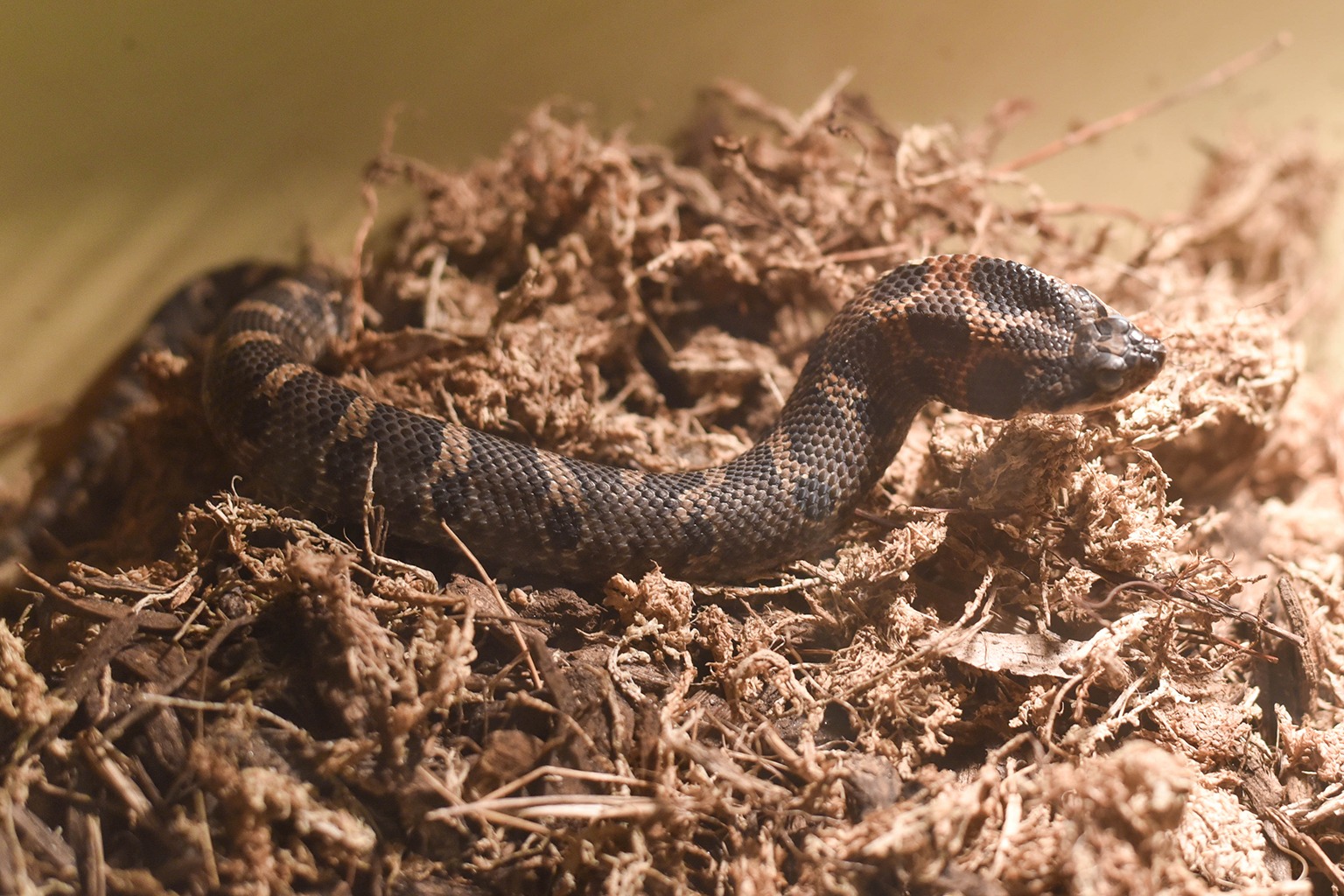In the mysterious world of reptiles, few behaviors are as intriguing as the backward locomotion exhibited by certain snake species. While most people envision snakes slithering forward with purpose and precision, some remarkable serpents have evolved the ability to move in reverse as a sophisticated defense mechanism. This fascinating adaptation allows these reptiles to confuse predators, protect vulnerable body parts, and navigate challenging terrain. The backward-moving snake represents one of nature’s most clever evolutionary solutions to the constant threat of predation, offering a glimpse into the remarkable adaptability of these often misunderstood creatures.
The Evolutionary Advantage of Reverse Movement
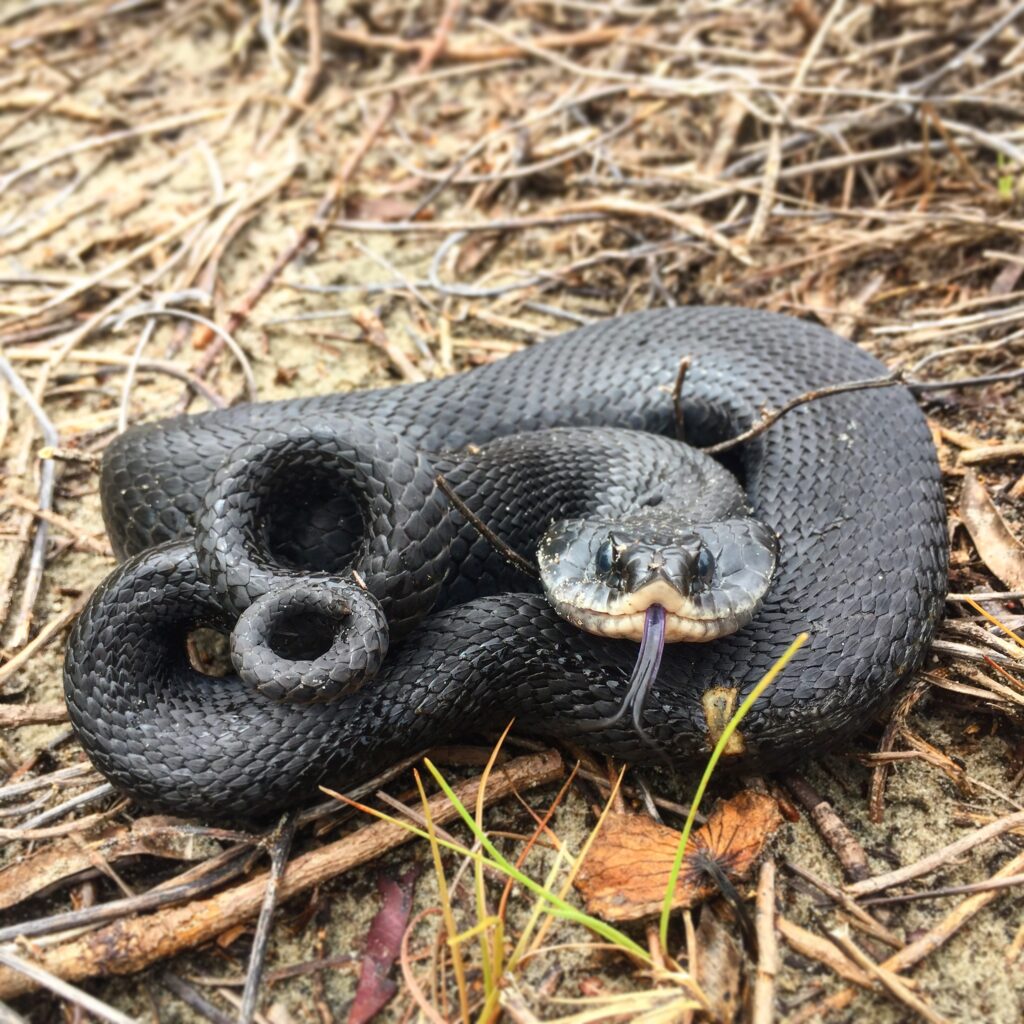
In the competitive world of predator-prey relationships, unusual movement patterns can mean the difference between life and death. Snakes that have developed the ability to move backward gain a significant evolutionary advantage over their forward-only counterparts. This reverse locomotion disrupts the predictive hunting strategies of predators who expect prey to flee in a forward direction. By moving in an unexpected direction, these snakes momentarily confuse attackers, potentially creating the crucial seconds needed for escape. Additionally, backward movement allows certain snake species to keep their defensive adaptations—like false heads or warning colorations—oriented toward the threat while retreating to safety. This clever adaptation demonstrates the remarkable ways natural selection can shape behavior to enhance survival in hostile environments.
The Hognose Snake’s Dramatic Reverse Escape

The hognose snake (genus Heterodon) stands out as one of the most theatrical practitioners of backward movement in the snake world. When threatened, this remarkable reptile employs a multi-stage defense strategy that includes backward locomotion as a key component. Initially, the hognose may flatten its neck and hiss loudly, mimicking more dangerous venomous species. If this display fails to deter the threat, the snake often resorts to backward movement, creating an erratic escape pattern that confuses predators. This backward retreat allows the hognose to maintain its defensive posture while creating distance from danger. Should these tactics prove insufficient, the hognose executes its most famous trick—playing dead by rolling onto its back with mouth agape and tongue lolling, sometimes even releasing a foul-smelling musk to complete the deception.
Biomechanics of Backward Snake Movement

The physical mechanisms that enable backward movement in snakes represent a marvel of natural engineering. Unlike forward locomotion, which relies on the snake’s specialized ventral scales creating directional friction against the ground, backward movement requires a different biomechanical approach. When moving in reverse, snakes typically use rectilinear locomotion, a technique where they straighten and contract their bodies in waves while manipulating the angle of their scales. This creates a series of controlled “grips” and releases against the ground, propelling the animal backward with surprising efficiency. The muscular control required for this movement is incredibly precise, involving coordinated contractions of specialized muscle groups that run the length of the snake’s body. Some species can transition between forward and backward movement almost instantaneously, demonstrating the remarkable versatility of their locomotor system.
The False Coral Snake’s Deceptive Retreat
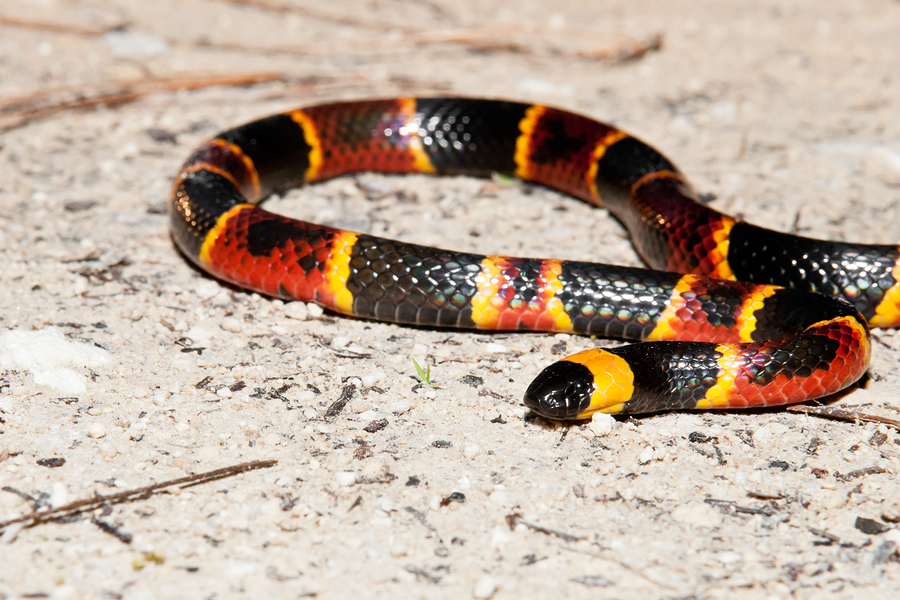
The false coral snake (Anilius scytale) employs backward movement as part of an elaborate mimicry defense system. This non-venomous species bears a striking resemblance to the highly venomous coral snake, complete with similar banded patterns. When threatened, the false coral snake will often move backward while displaying its brightly colored tail, which resembles the head of its venomous lookalike. This reverse movement serves a dual purpose: it keeps the snake’s actual head protected while presenting the false “dangerous end” to potential predators. The backward motion also enhances the illusion by moving in a manner inconsistent with typical snake behavior, further confusing predators about which end poses the threat. This sophisticated combination of mimicry and unusual locomotion demonstrates the complex evolutionary arms race between predators and prey in tropical ecosystems.
Sand Boas and Their Backward Burrowing Technique
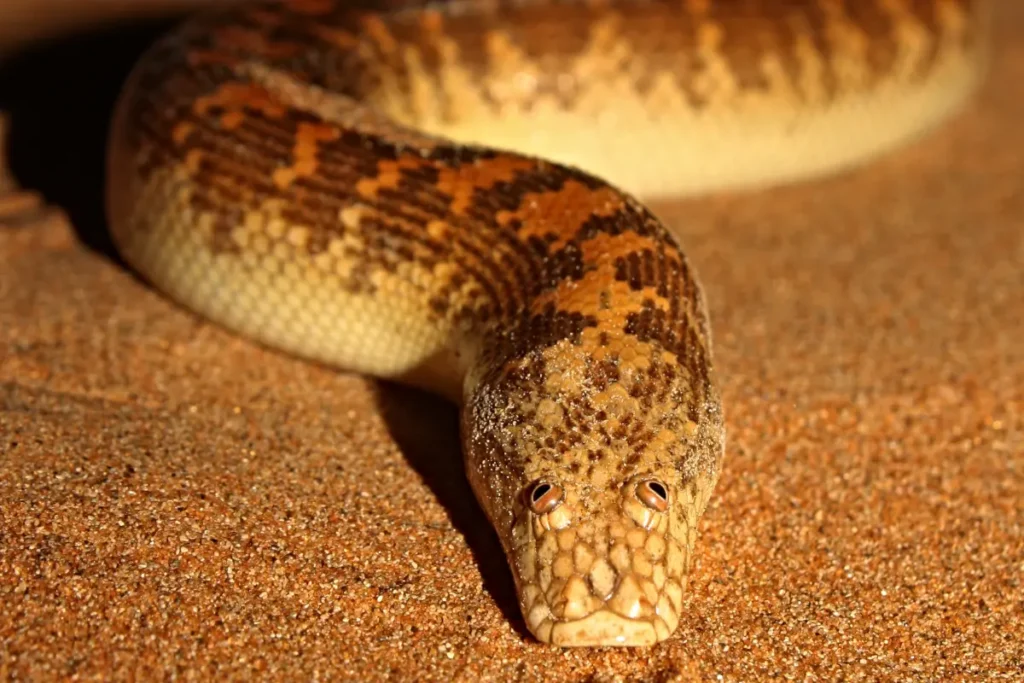
Sand boas (genus Eryx) have developed specialized backward movement for their subterranean lifestyle in sandy and loose soil habitats. These stout-bodied snakes can move backward with remarkable efficiency when burrowing, using their blunt tails to push through substrate while their heads remain protected. This reverse burrowing technique allows sand boas to retreat quickly into their sandy hideaways when threatened, effectively disappearing from view in seconds. The specialized scales on their bodies facilitate this backward motion through granular materials, with minimal friction and energy expenditure. Additionally, when partially emerged from their burrows, sand boas can rapidly retreat backward at the first sign of danger, presenting predators with only their more durable tail regions rather than vulnerable heads. This adaptation demonstrates how backward movement has been tailored to specific ecological niches across different snake species.
Reverse Locomotion as Predator Confusion
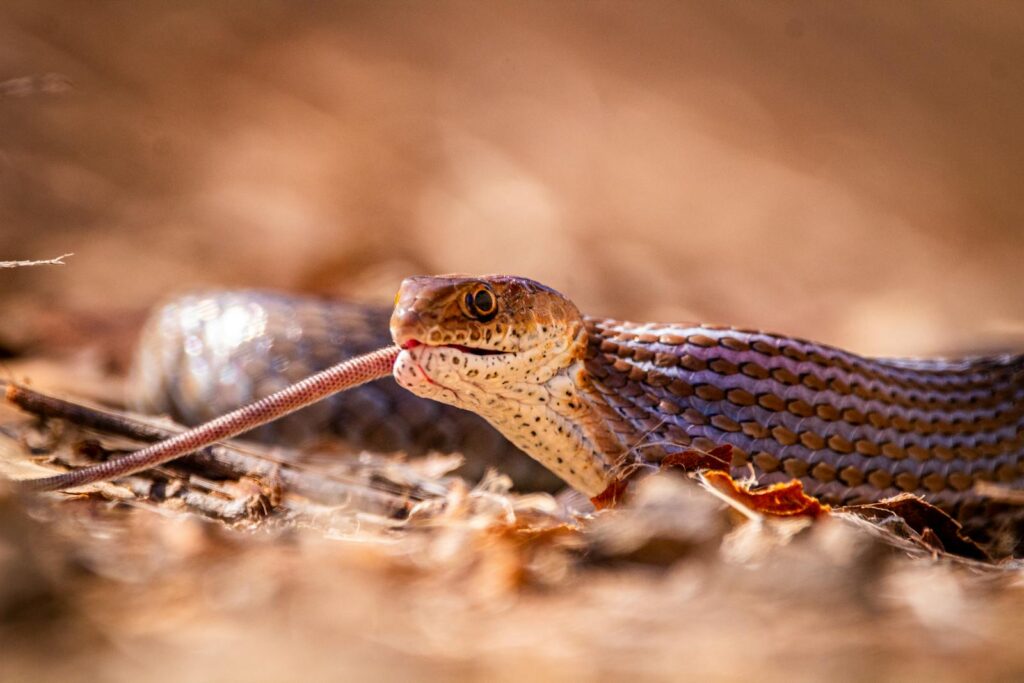
The unpredictability factor of backward movement serves as a powerful anti-predator strategy across various snake species. When a predator encounters a snake, it typically anticipates forward flight, preparing to strike or pursue accordingly. By suddenly moving backward, the snake introduces cognitive dissonance into the predator’s attack sequence, often causing a moment of hesitation or recalculation. This brief confusion can provide the critical time needed for escape or deployment of secondary defenses. Research has shown that predators encountering backward-moving snakes often display delayed reaction times compared to those pursuing snakes moving in conventional patterns. This disruptive effect is particularly effective against predators that rely on predictive movement patterns when hunting, such as birds of prey and mammalian carnivores. The behavior illustrates how behavioral adaptations can be just as effective as physical ones in the survival toolkit of these remarkable reptiles.
The Shield-Tailed Snake’s Reverse Protection Strategy
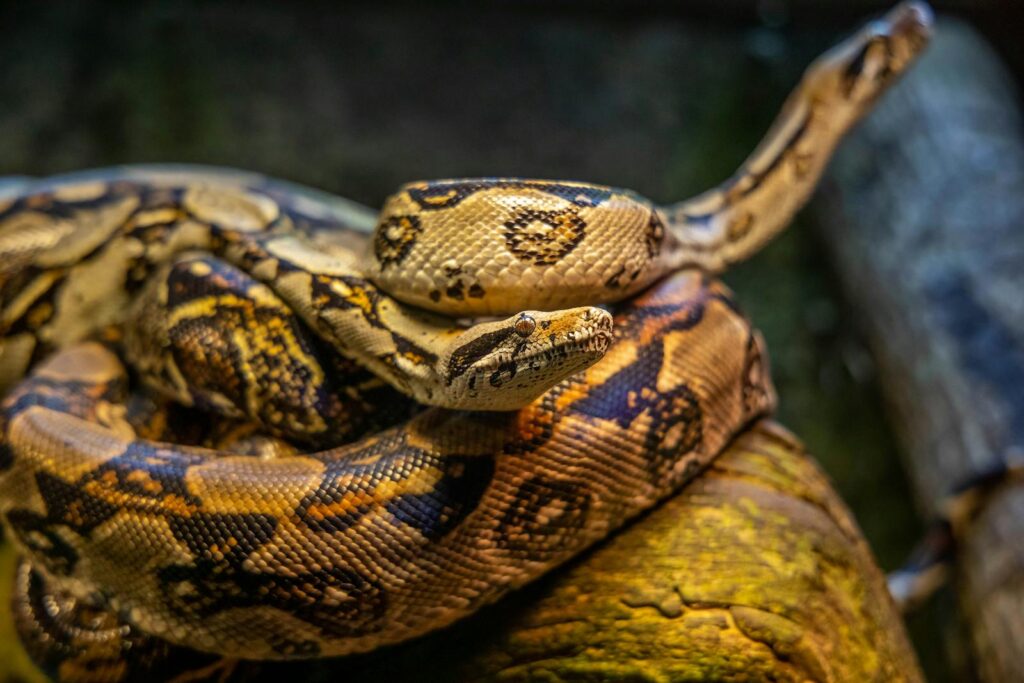
The shield-tailed snake (family Uropeltidae) has evolved one of the most specialized forms of backward movement as a defense mechanism. These small, burrowing snakes possess a distinctive flattened or shield-like tail that serves multiple protective functions. When threatened, shield-tailed snakes quickly move backward, pushing their specialized tails against the ground and elevating them slightly to present this armored surface to predators. The tail’s scales are often highly reflective or colorful, serving as a visual deterrent while the snake retreats. This backward movement allows the snake to protect its vulnerable head while presenting its most defensible body part to the threat. Additionally, the backward motion helps these snakes quickly retreat into narrow burrows where predators cannot follow, with the shield-like tail effectively blocking the entrance behind them.
Sidewinders and Their Multi-directional Capabilities

Sidewinder rattlesnakes (Crotalus cerastes) demonstrate perhaps the most versatile movement capabilities among snakes, including impressive backward locomotion when necessary. These desert-dwelling specialists are famous for their distinctive sideways movement across loose sand, but they can also move backward with remarkable precision when threatened. By adjusting the angle and timing of their body waves, sidewinders can seamlessly transition between forward, lateral, and backward movement without changing body orientation. This multi-directional capability allows sidewinders to maintain visual contact with threats while retreating in any direction, including directly backward. The specialized scales and muscular adaptations that enable their famous sidewinding locomotion also facilitate this backward movement capability, demonstrating how a single set of adaptations can serve multiple functions in different contexts.
Thermal Advantages of Backward Movement
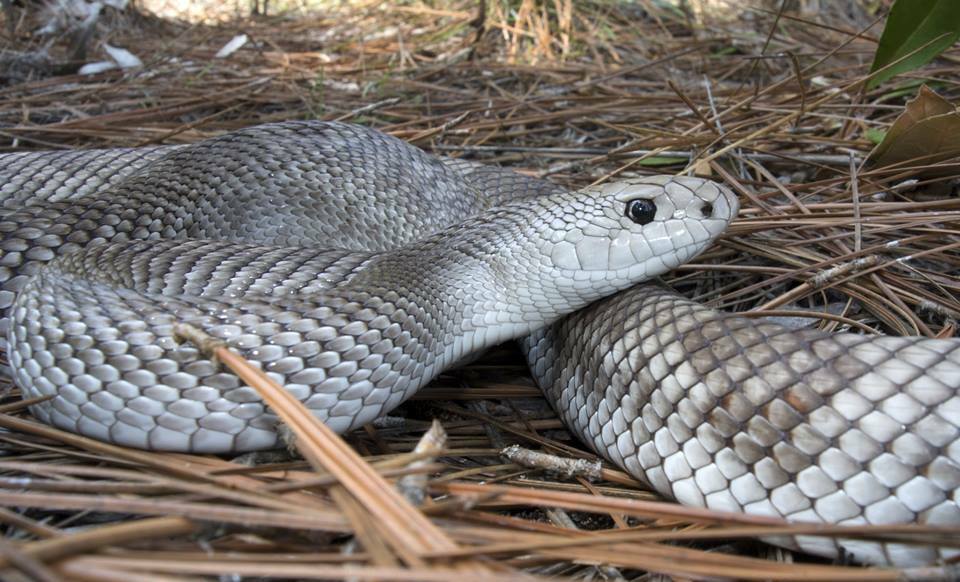
For some snake species, particularly those inhabiting extreme environments, backward movement offers unexpected thermal regulation benefits. In desert-dwelling species, the head contains sensitive organs that are vulnerable to extreme temperatures. By moving backward during the hottest parts of the day, these snakes can keep their heads in cooler microenvironments while still navigating their habitat effectively. This thermal protection strategy is particularly evident in species like the Death Adder (Acanthophis), which may move backward to keep its head sheltered while its more heat-resistant posterior remains exposed. Similarly, some rainforest floor dwellers use backward movement to keep their heads under protective leaf litter while moving through exposed areas. This behavioral thermoregulation demonstrates how backward locomotion can serve multiple adaptive functions beyond simple predator avoidance.
The Rubber Boa’s Reverse Distraction Display

The rubber boa (Charina bottae) employs one of the most elaborate backward movement displays in the snake world as part of its defensive repertoire. This docile, slow-moving snake possesses a blunt tail that strongly resembles its head in both coloration and shape. When threatened, the rubber boa will often curl into a ball while presenting its tail, then move backward in a series of short, jerky movements that draw attention to this false “head.” This backward motion enhances the deception by mimicking the characteristic movements of a snake’s head searching for prey or threats. Meanwhile, the actual head remains safely tucked away within the coiled body, protected from potential strikes or bites. The rubber boa may even vibrate its tail against leaves or substrate to further enhance this illusion, creating sounds that draw predator attention away from its true head.
Challenges in Studying Backward Snake Movement
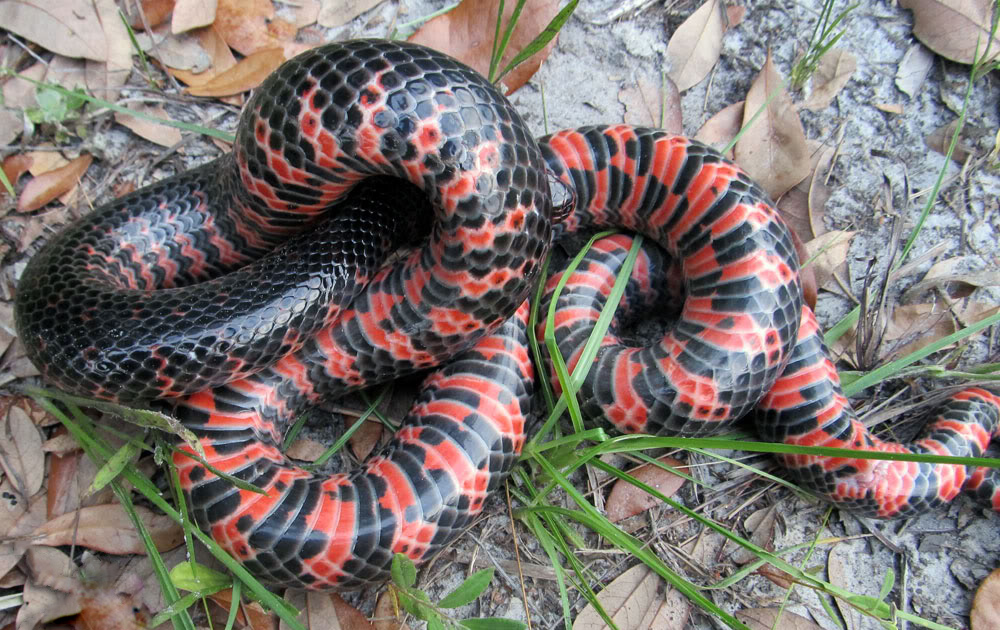
Despite its fascinating nature, backward movement in snakes remains relatively understudied compared to forward locomotion patterns. Researchers face several challenges when attempting to document and analyze this behavior in natural settings. Many species only display backward movement briefly during high-stress situations, making it difficult to observe and record in the wild. Laboratory studies are complicated by the artificial environments that may not trigger natural defensive behaviors. Additionally, the rapid and often erratic nature of backward movements makes them technically challenging to capture with traditional recording equipment. High-speed cinematography and advanced motion capture technologies have only recently provided the tools necessary to properly analyze these complex movements. Consequently, our understanding of the biomechanics and evolutionary development of backward locomotion in snakes continues to evolve as research methodologies improve.
Conservation Implications for Backward-Moving Specialists
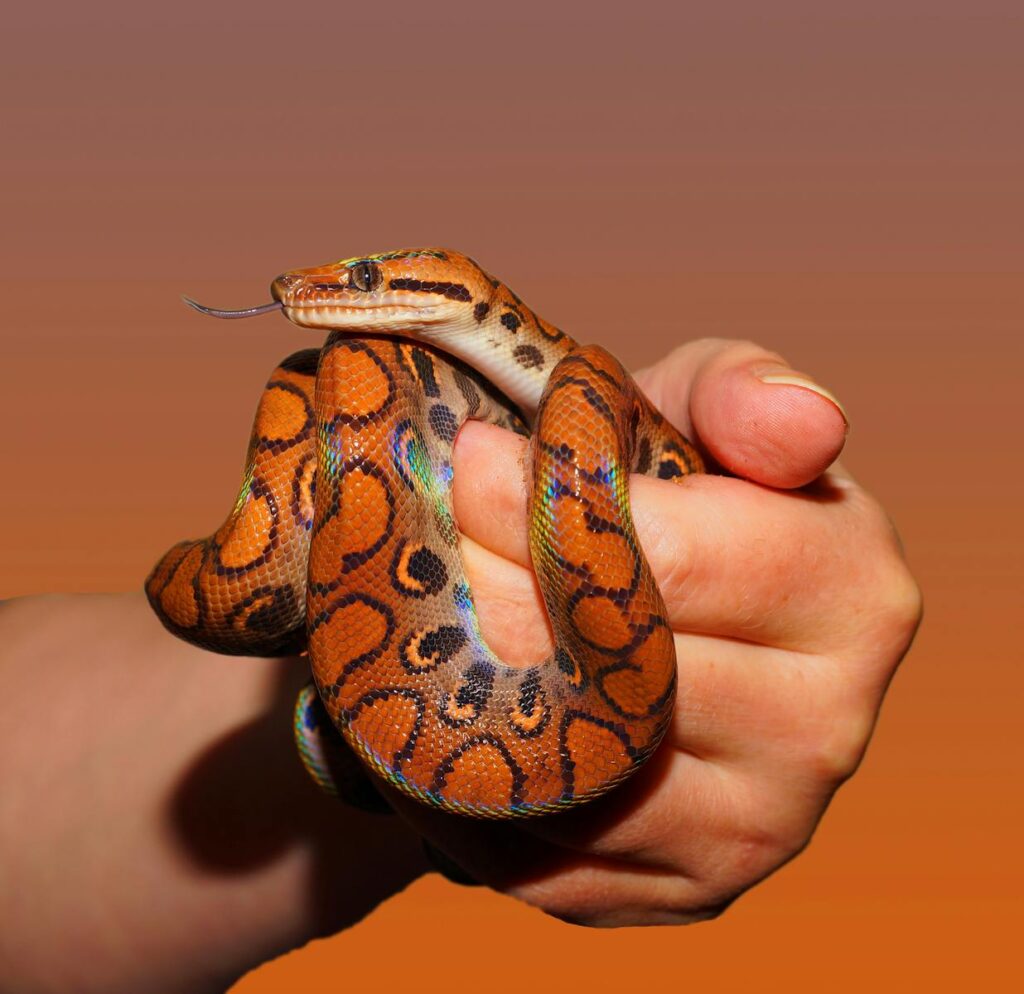
For snake species that rely heavily on backward movement as a primary defense mechanism, habitat fragmentation and degradation pose particular threats to their survival. These specialized behaviors often evolved in specific environmental contexts that provided the necessary space and substrate conditions for effective backward locomotion. As natural habitats are altered by human activity, many backward-moving specialists find their defensive strategies compromised by changes in ground cover, soil composition, or available retreat sites. Conservation efforts for these species must consider not just the preservation of habitat area, but the maintenance of specific microhabitat features that facilitate their unique movement patterns. Additionally, education efforts are needed to reduce human persecution of these often misunderstood reptiles, whose unusual movements may be perceived as aggressive rather than defensive by uninformed observers.
The Future of Research on Reverse Snake Locomotion
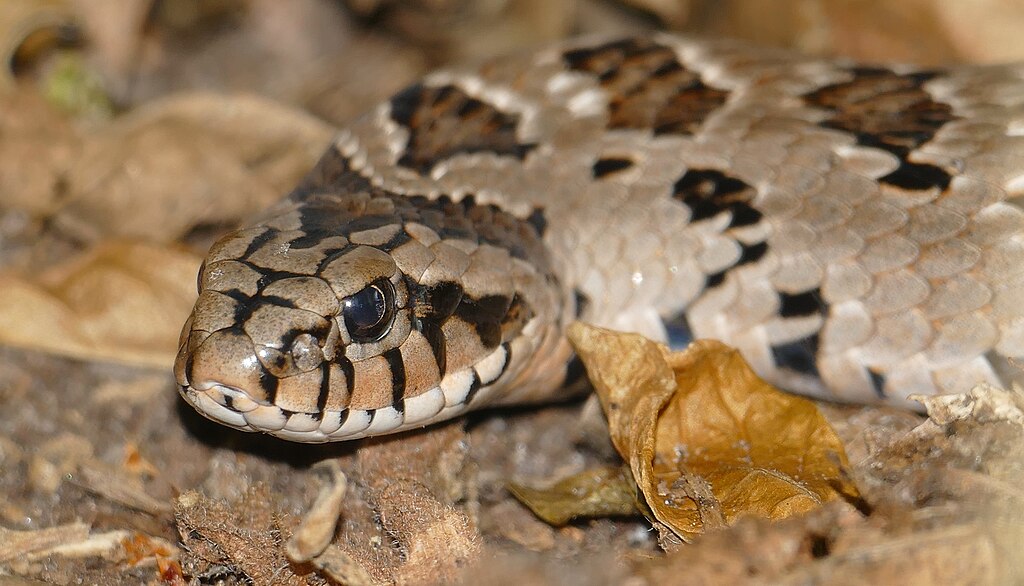
The emerging field of biomimetics—studying nature’s designs for application to human technology—has taken particular interest in the backward locomotion capabilities of snakes. Engineers developing snake-like robots for search and rescue operations, pipeline inspection, and minimally invasive surgical tools are closely studying the biomechanics of backward-moving snake species. These natural models provide inspiration for creating more versatile robotic systems capable of navigating complex three-dimensional environments. Advancements in computational modeling and high-resolution imaging technologies promise to reveal even more details about the muscular coordination and biomechanical principles underlying these movements. Future research will likely focus on the neurological control systems that allow snakes to rapidly transition between different movement modes, potentially offering insights applicable to both robotics and human medicine.
Conclusion
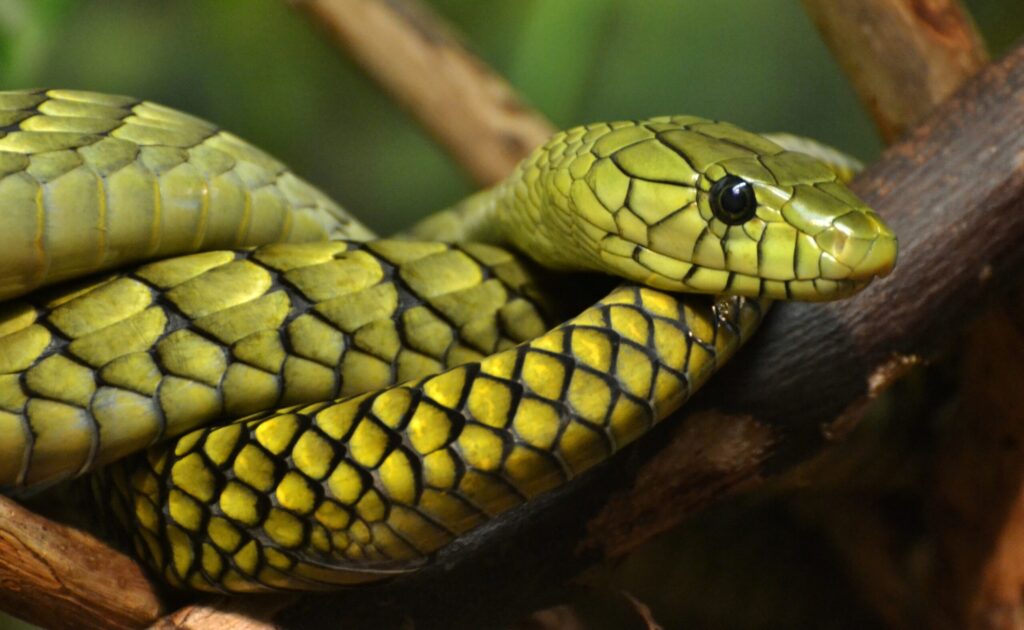
The ability of certain snake species to move backward represents one of nature’s most elegant solutions to the constant challenges of survival. This remarkable adaptation demonstrates the incredible diversity of locomotion strategies that have evolved within the reptile world. From the dramatic displays of the hognose snake to the specialized burrowing techniques of sand boas, backward movement serves multiple functions beyond simple predator evasion. As research technologies advance, we continue to gain deeper insights into the biomechanics, evolutionary development, and ecological significance of this fascinating behavior. Understanding these specialized movement patterns not only enhances our appreciation for these often-maligned creatures but also provides valuable inspiration for technological innovations and conservation efforts aimed at preserving the remarkable diversity of snake species and their unique adaptations.

